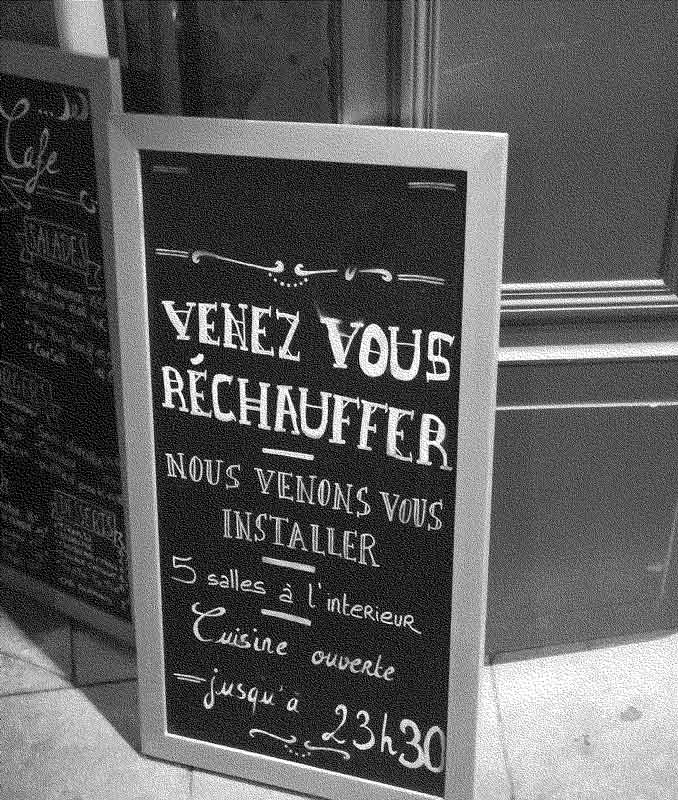
In his work Les Délices du feu, the historian Olivier Jandot recalls that taverns were gathering places in the 17th and 18th centuries which made it possible to benefit from collective heating.
There was even a form of collective contribution to heating: tavern customers had to take turns bringing a log which was burned in the hearth (often an inefficient open fire).
Olivier Jandot explains that this system gave rise to conflicts and even fights when one of the contributors refused to bring his share of wood.
For poor peasants, coming to the tavern was the guarantee of being able to heat themselves for a few hours at a lower cost, because the price of fuel was very high before the 19th century.
We may wonder what has become of these collective heating places today.
We must believe that bars and cafes fulfill the same role as taverns and still offer the possibility of warming up collectively today (image).
However, it seems that bars and cafes are places on the verge of extinction, as France Culture explains in this article.
France Culture recalls that there were nearly 500,000 bars and cafes in the early 1900s, that there were still 200,000 in 1960, but only 34,669 in 2014.
In just over a century, nearly 465,000 bars and cafes have disappeared in France, mainly in rural areas.
The disappearance of bars and cafes during the 20th century went hand in hand with the development of other collective heating places oriented towards mass consumption (shopping centers, department stores, supermarkets, etc.).
All these buildings, which are often as well insulated as a tin can, are heated with abundant energy to encourage visitors to consume.
Rehabilitating collective heating places such as bars and cafes also means defending a form of conviviality which is gradually disappearing.
In the same way, it remains to imagine friendly places to enjoy collective refreshment during the summer period.
Sources: O. Jandot, I. Illich, France Culture.
Image: C. Gaillard